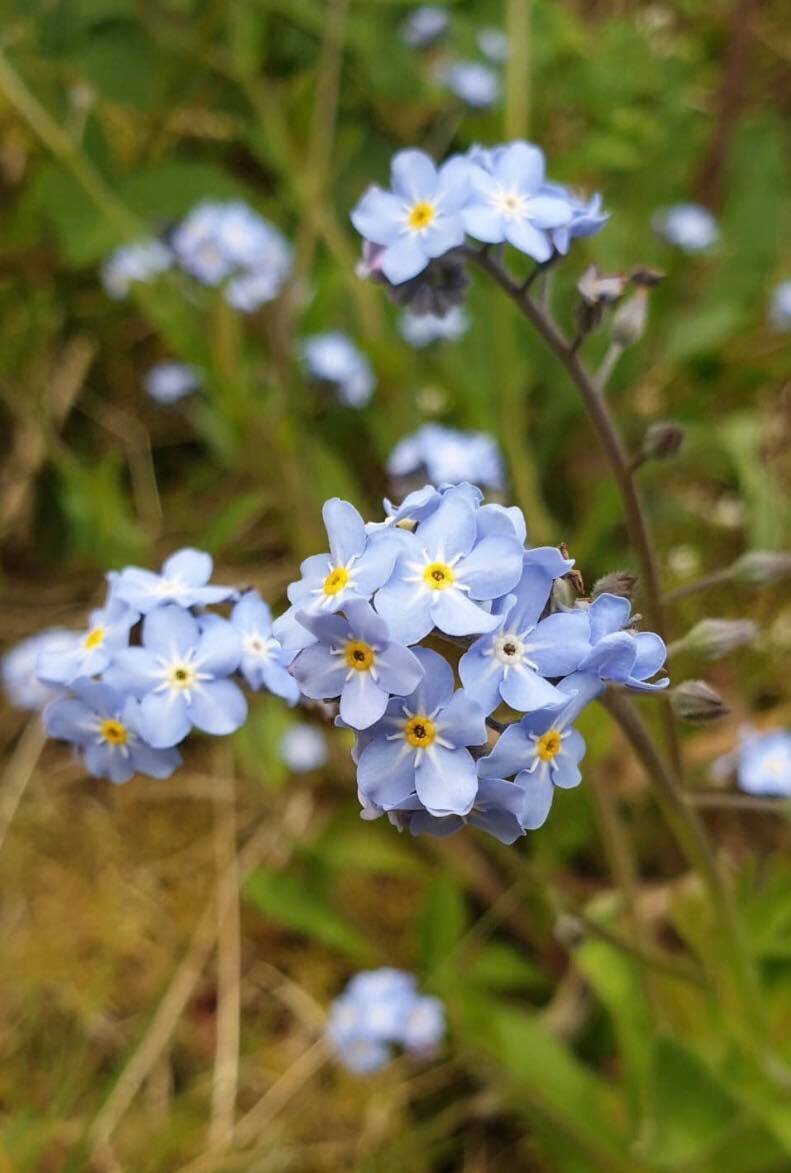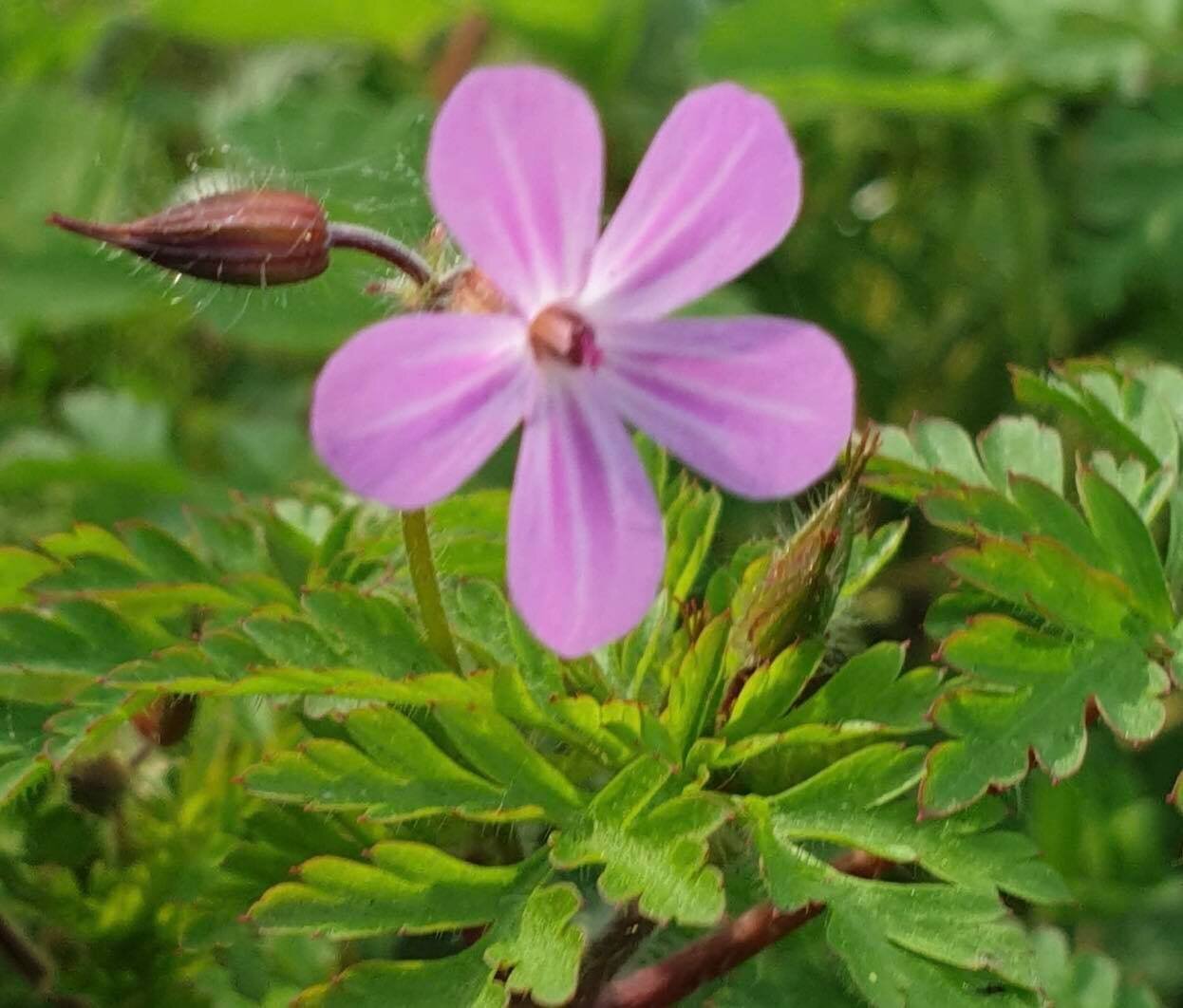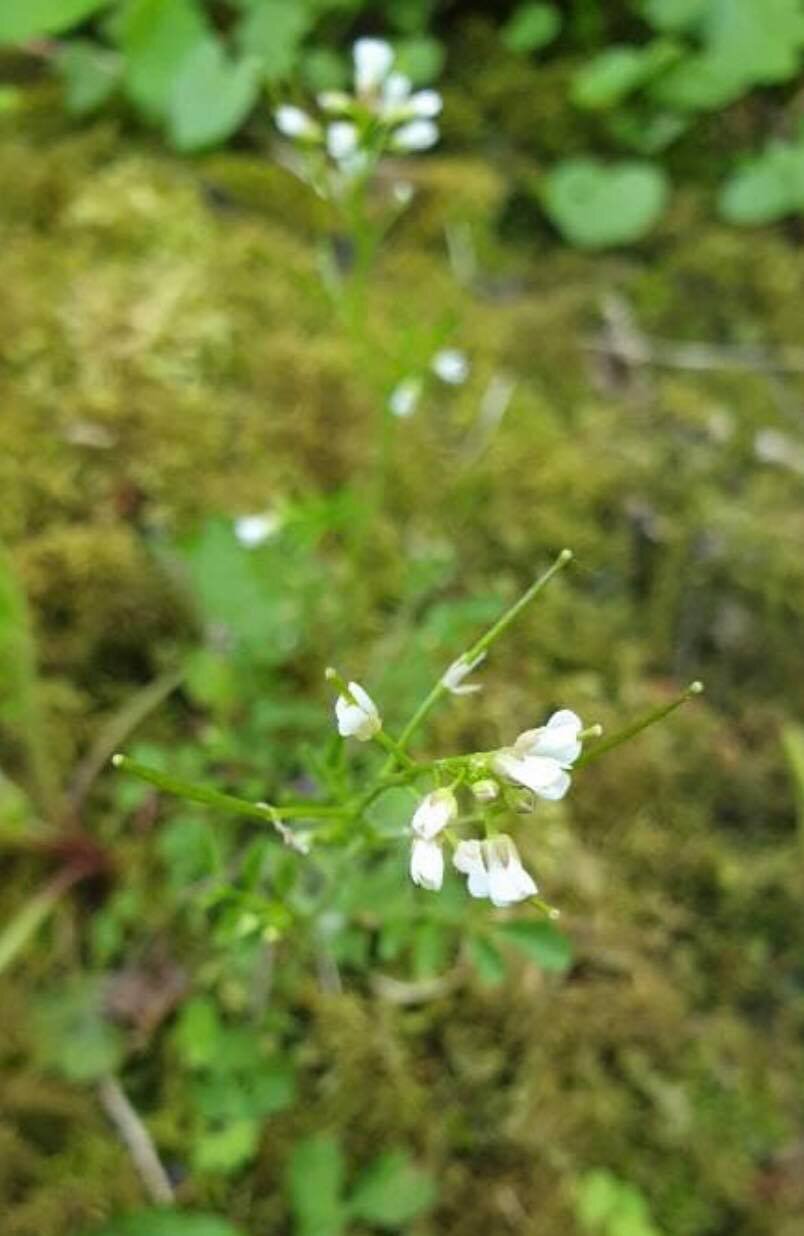Where balsam used to be
This time last year we faced acres of balsam. It was everywhere. So you may remember post after post on last years Instagram of us and anyone willing to help pulling that stuff for months.
Now it may be very pretty, but oh boy that stuff is invasive. It is the tallest annual growing up to 3 metres and creates a huge canopy that blocks out the light and prevents our own more delicate wild flowers getting any light to grow. They then can’t produce seed and so are diminishing in our hedgerows and meadow land. Added to that, each balsam can produce up 800 seeds which it projects explosively up to 4 metres distance. Another serious problem is that they are shallow rooted, so once they die back in winter the earth is left bare and vulnerable to soil erosion.
We were given so much ‘advice’ of the best weed killers.....not on my watch, or to flail the land with brush cutters disaster for wildlife at that time of year. Although we knew it would take two to three years this way, we pulled it and pulled it for weeks until it was clear. Then in July and August it had the audacity to spring back with a vengeance and it was like being back to square one. We set to and managed to clear again just in time to prevent the explosion of seeds a second time.
This year to our utter amazement and delight we are up to now virtually balsam free. What we hadn’t known last year was that balsam is so successful because it’s seeds remain viable in the ground for two to three years, hence the long clearing cycle. Because we had got in early and pulled for England, it allowed this years seeds to germinate and grow at the end of last year. We were so gutted to have had to start again, BUT HA BALSAM WE GOT YOU.
This year we have red campion, buttercups, cranes bill, bittercress, forget me not and cow parsley a plenty where balsam used to grow.






